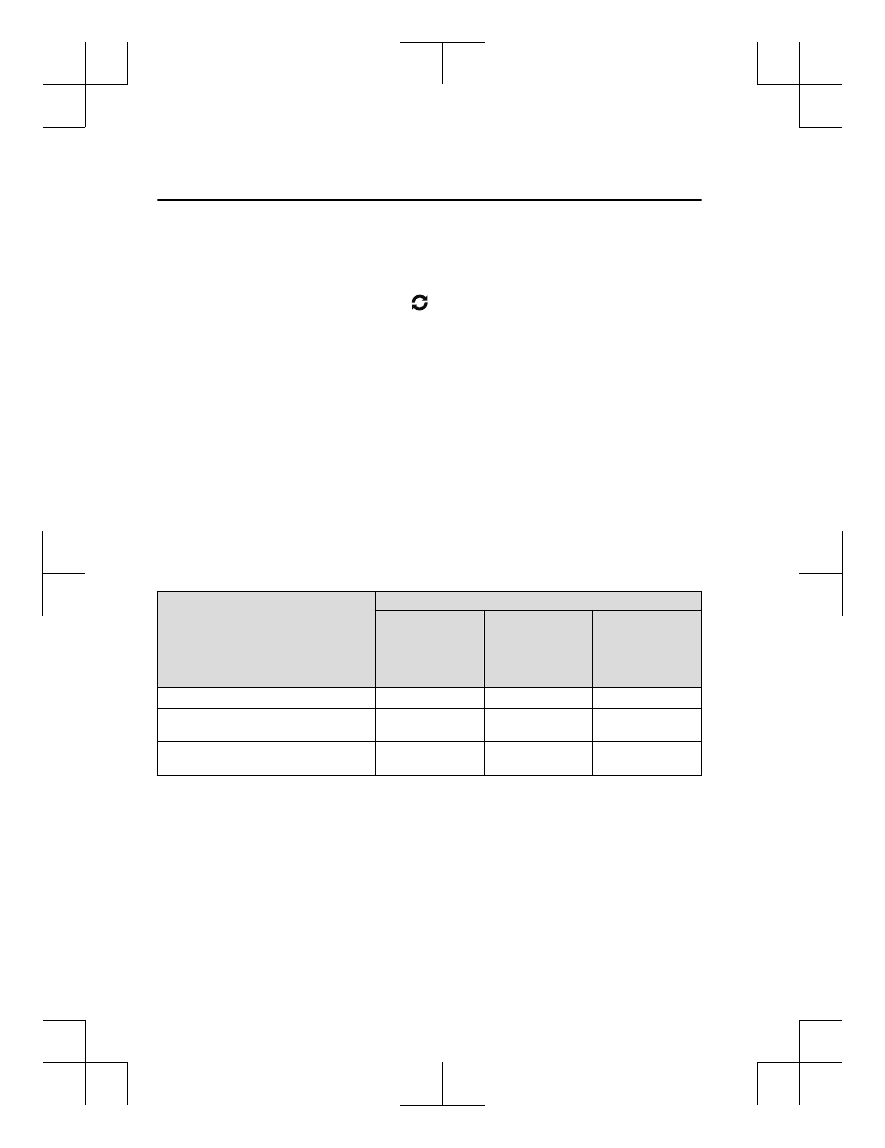Mazda CX-3 (2019 year). Instruction - part 13

NOTE
•
The fuel economy data is synchronized (linked) with the average fuel economy displayed
in the trip computer.
•
To reset the fuel economy data, press the icon in the menu. (The average fuel economy
displayed in the trip computer resets at the same time.)
•
After resetting the fuel economy data, “-- -” is displayed while the average fuel economy
is being calculated.
▼ Ending Screen Display
If the ending display on the fuel economy monitor is on when the ignition is switched from
ON to OFF, the information regarding the fuel economy is displayed.
▼ Fuel Economy Data Reset and Trip Meter (TRIP A) Synchronization (Linking)
Because the average fuel economy indication on the instrument cluster display is linked
with the “Average Fuel Economy History” (Current) indication on the center display, when
one is reset the other is also reset.
In addition, switching between reset and no reset of the average fuel economy indication on
the instrument cluster display and the “Average Fuel Economy History” (Current) indication
on the center display when resetting the trip meter (TRIP A) is possible.
Reset operation item
Synchronized (linked) and reset information
Trip meter (TRIP
A)
Average fuel econo-
my on instrument
cluster display
“Average Fuel
Economy History”
(Current) indica-
tion on the center
display
Trip meter (TRIP A)
X
X/—
*1
X/—
*1
Average fuel economy on instrument cluster
display
—
X
X
“Average Fuel Economy History” (Current)
indication on the center display
—
X
X
X: Reset
—: Not reset
*
1 Can be personalized.
Refer to Personalization Features on page 9-9.
When Driving
Fuel Economy Monitor
4-72
CX-3_8GR7-EA-18B_Edition1
2017-12-20 16:18:14